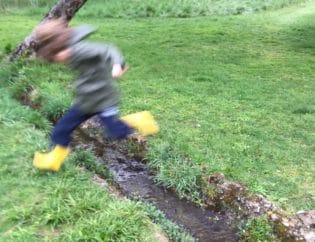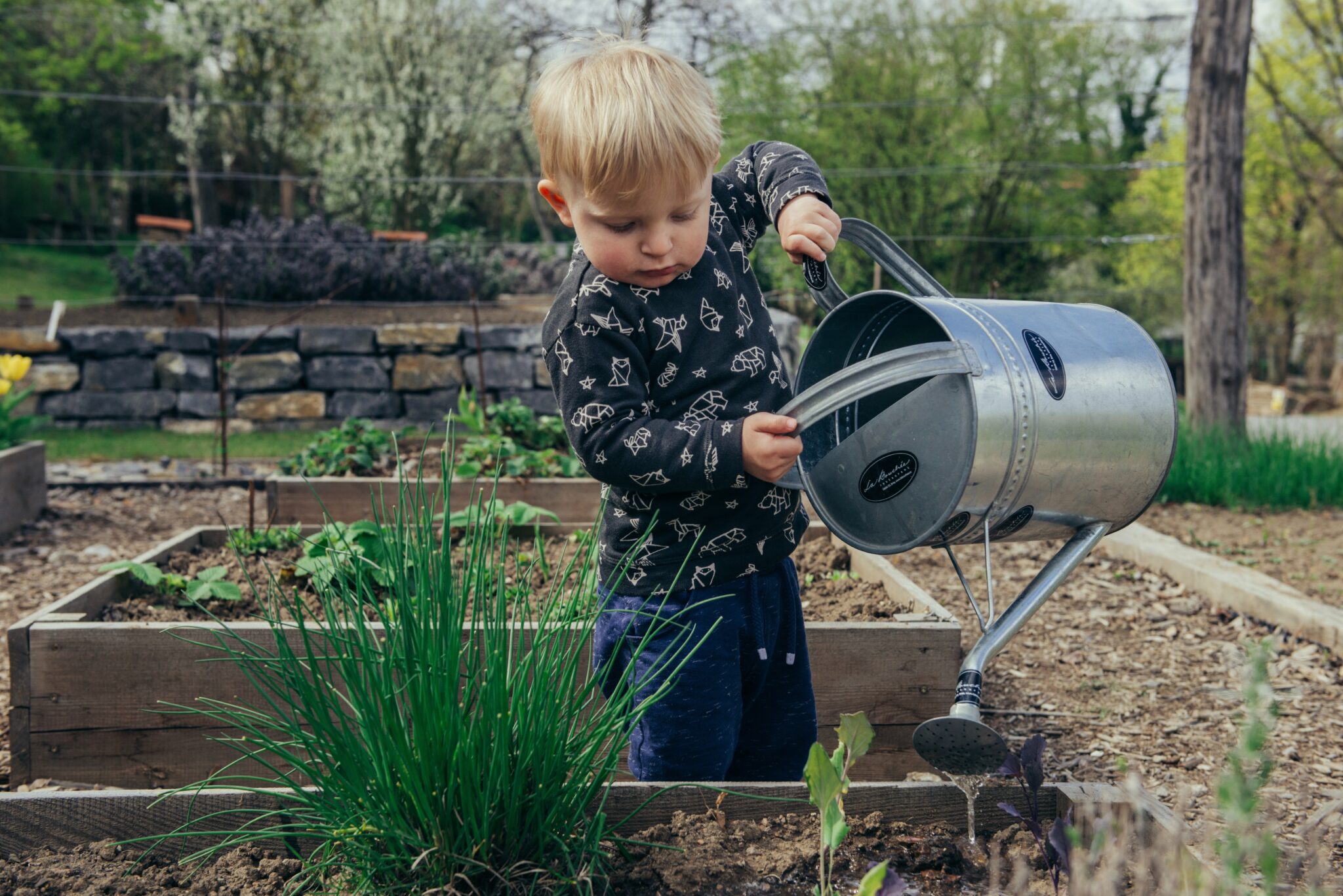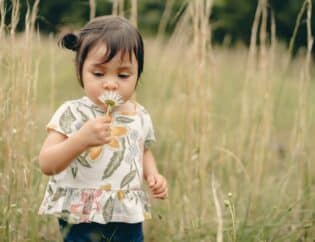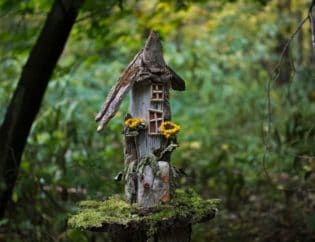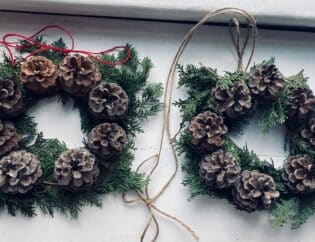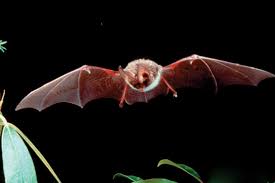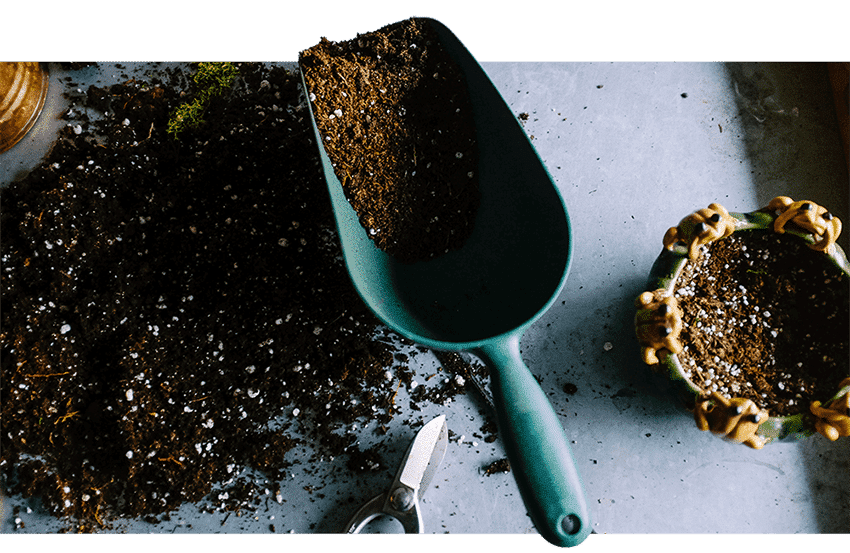
With social distancing still in play, this is a great time to start some backyard projects with your kids. One project that many of us hope to do, but never get around to is composting.
Worms, bacteria, critters, garbage...composting is not appealing to many people, understandably. But composting is a fantastic way to teach your child about the cycle of life or the brown food web, the magic of microbes, and give them some responsibility around the house. Getting started is easy and you can choose the composting project that is right for your family.
What's great about composting is that kids watch decomposition before their own eyes. Before you get started, spend some time explaining why we compost. You can teach them about landfills and how they are filling up. Teach your child what happens to garbage that isn’t composted and, most importantly, what happens to garbage that is composted. These wonderful videos from the TedEd Earth School are a great way to give your child a fun and educational intro to composting.
Now that your kids are sold on composting, let's get started!
There are many different ways to compost and you can certainly spend hours researching the best formula for compost. But a good compost recipe always includes three types of ingredients: 1) Dead plant material from outside including dry leaves, grass clippings, twigs and sticks; 2) Your kitchen scraps including fruit and vegetable scraps, other food scraps, tea bags, coffee grounds and eggshells. Make sure you don’t use meat, fat or dairy products or pet waste.
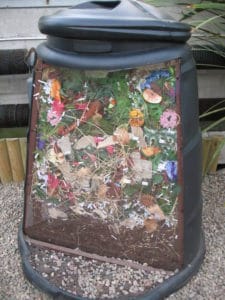
As far as the container goes, you can stay small and keep it indoors or go BIG and keep your composting outside. Here are a few different ideas to try out:
The Basic Model
Simply get a garbage can or plastic bin that is at least 3 feet tall and 3 feet wide and drill 20 to 30 large holes in the lid and in the bottom and sides of the container to allow air in and let excess water drain through. Now, just add your compost, add a layer of soil, make sure you have some earthworms in there! The soil will have microorganisms unseen that are necessary to break down the kitchen scraps and plant matter. Add water and stir the container weekly with a shovel or large stick. Stirring a large enough container can take some muscle, so the stirring part might be an adult activity.
Worms in a Bin
A worm composting bin, known as a vermicomposter, can be fairly inexpensive and easy to maintain. There are several ways to vermicompost. Detailed instructions on how to build a worm composting bin designed to be used inside can be found here. It is also possible to purchase worm composting bins. A pound of red wrigglers are recommended because they consume waste quickly, but earthworms also work. You will want to put your bin in an indoor space as you do not want the worms to freeze in the winter or get too warm in the summer. Additionally, you may want to put the bin in a basement or other out-of-the-way space since you will be producing compost and worm “tea” in the composter.
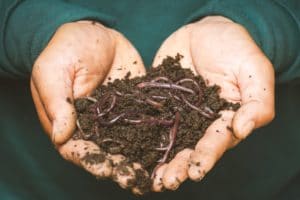
See Through Composter
Kids can watch the magic of composting before their very eyes and inside using a two liter soda bottle or large mason jar. All that's needed is to rinse out the bottle or jar, screw the top on firmly, and remove the label. Make a flip top in the bottle by cutting most of the way around about a third of the way down the bottle. Place a layer of soil in the bottom of the bottle. Moisten the soil with water from a spray bottle if it is dry. Add a thin layer of fruit scraps, a thin layer of dirt, a tablespoon of fertilizer, and a layer of leaves. Continue adding layers until the bottle is almost full.
Draw a fill line on the container to indicate the top of the jumbled ingredients. Lastly, set your composting experiments on a sunny windowsill within view but out of reach. If moisture condenses on the sides of the container, remove the top to let it dry out. If the contents look dry, add a squirt or two of water from a spray bottle. Roll the bottle around every day to mix the contents. Every two weeks, mark a line to show the “new” top. The compost is ready to use when it is brown and crumbly, which can take about a month.



